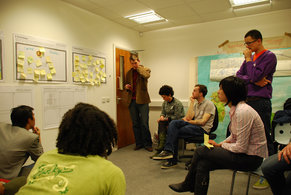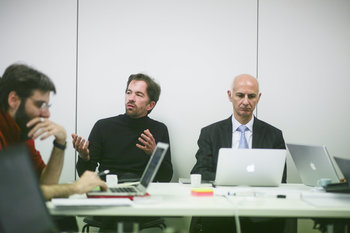
Customers
A consulting company employees a consultant who has received unusually poor reviews from the last five customers she has faced. She starts a new project, only to be dismissed within a week resulting in the loss of a major contract. Upon returning to her manager, she is congratulated for doing a good job in dealing with a difficult and backwards customer.Risk
An investment fund is run by aggressive traders who are rock stars within the firm. They find themselves in a position in which the fund has both performed badly and has a current position that is stacked with risk. Failure is not an option at this firm so the traders are allowed to pile on more risk in an attempt to recover losses before the next report to investors.Industry Trends
A large firm sees industry trends towards sustainability and corporate social responsibility as nonsense. Their executive team have a overly confident old-school mindset that soon sees them in conflict with investors, communities, customers and regulators.| Overview: Corporate Narcissism | ||
Type | ||
Definition | A corporate culture that exhibits excessive pride and self-obsession. | |
Related Concepts | ||






























